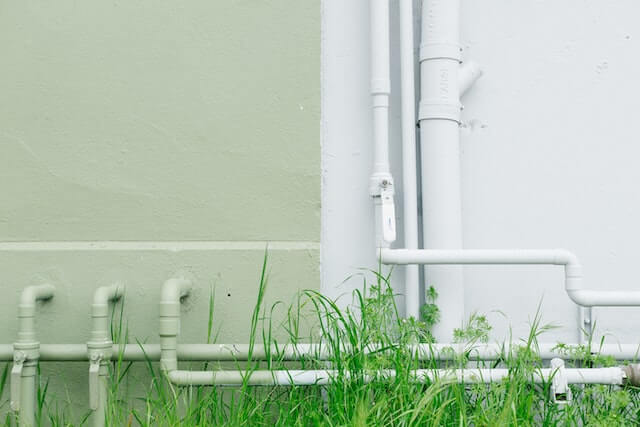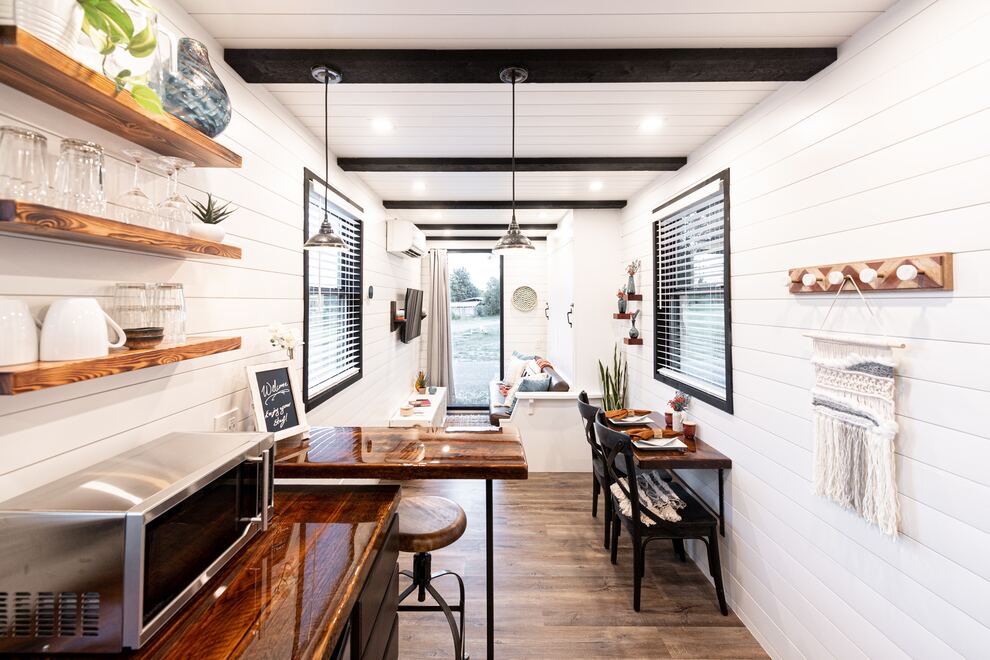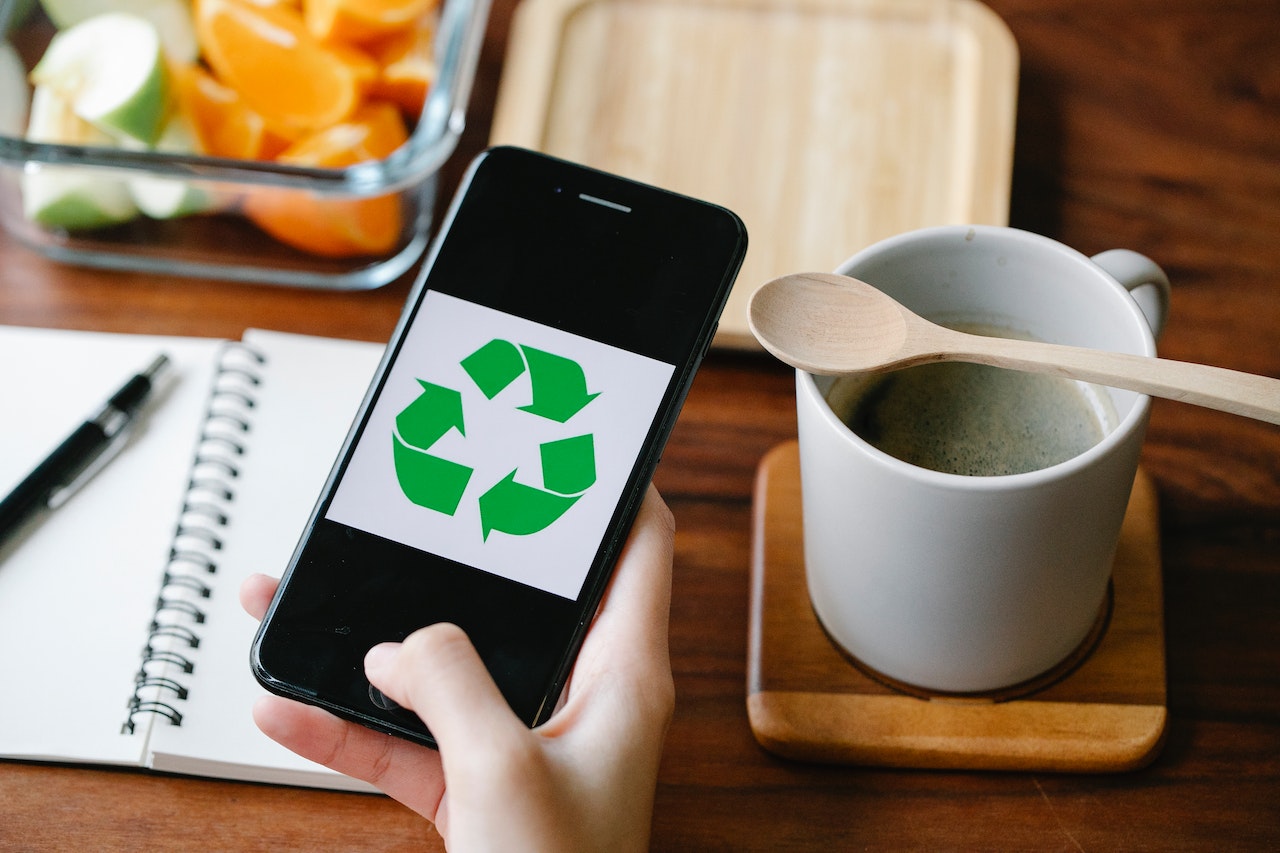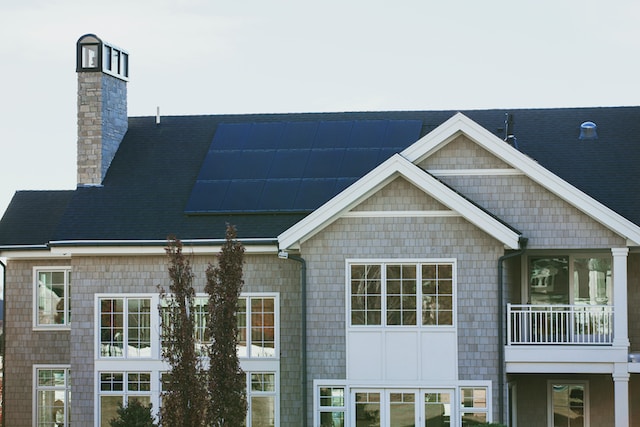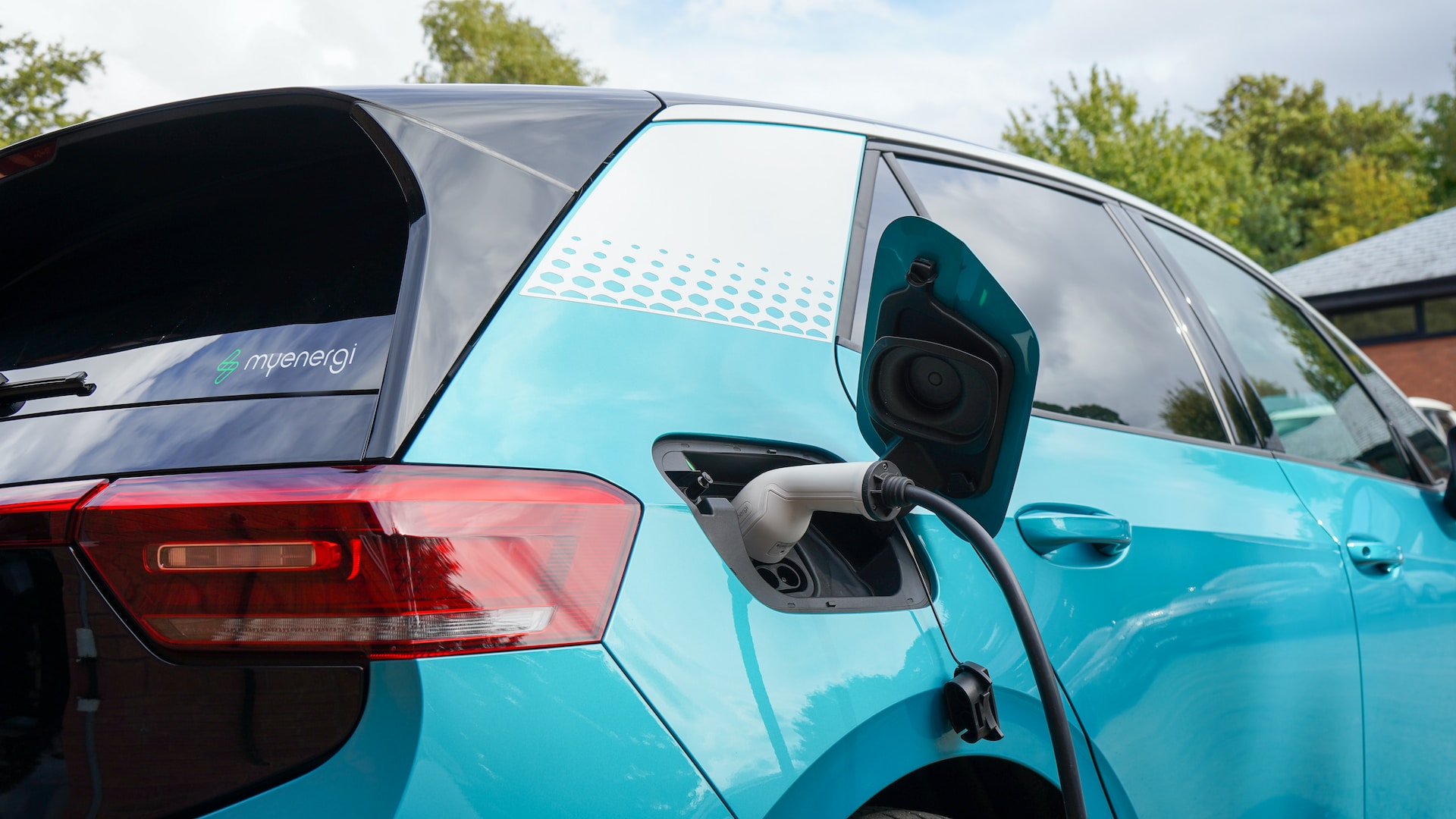Creating a proper drainage solution not only helps to remove excess water from the foundation of water damage to your home, but it can also help you to use less tap water. Water conservation is something that’s especially important right now, with many areas in the country experiencing water shortages.
This article will talk about why a proper drainage system is essential for the longevity of your home, how to know what solution is best for you, and how to harvest rainwater to live more sustainably.
French or trench drains – which is best?
You may hear contractors and builders debating the pros and cons of French drains versus trench drains, but the best answer is that they each serve separate purposes. Depending on where you live, the soil type in your area, and the precipitation levels, there’s a type of drainage solution that works best for your home. There are two types of drainage, each with different applications.
What’s a trench drain?
A trench drain is made up of a channel dug into the ground that transports water to a municipal sewer system – or a drainage ditch, if you’re not on city water. The channel is covered by a grate to keep debris away and prevent accidents. Trench drains handle surface water, like rain, snow, or spring runoff. They’re efficient solutions to keep surface water from pooling against your home’s foundation or in the seams of a concrete driveway.
Trench drains don’t handle groundwater; they only handle water from the surface. If you have a high water table in your area with a lot of groundwater, a trench drain may not be the best option for you. On the other hand, a trench drain may be perfect if you live in a drier climate that gets heavy rainfall occasionally, like Arizona.
What’s a french drain?
French drains are made of perforated pipe that is buried beneath the surface. They’re surrounded by drain rock and wrapped in landscape fabric to keep the pipe from becoming clogged.
Water collects under the surface from natural underground water sources – precipitation soaking into the earth or from a spring or aquifer nearby. French drains are made to capture this groundwater before it can pool near your home’s foundation.
How deep should a french drain be?
A french drain should be between eight inches to two feet deep. Home drainage is an essential system to keep your home free of water damage and should only be done by a professional. Excavation companies employ pros whose job is to read the grade, soil type, and other conditions around your home to come up with the most effective drainage solution for you.

Drainage considerations
There are many elements to consider when you’re planning your home drainage. It’s recommended that you hire a professional to help you with this stage. When you’re talking to your excavation company, they’ll bring up a few key terms. Below is a rundown of terms you’ll hear and what they mean for you.
Perforated or non-perforated drain pipe?
Non-perforated drain pipe is great for directing water from a single source at the entrance of the pipe to the desired drain point. When you’re putting in drainage around your home, water can come from all around your home, not just one point. This is where perforated pipe comes in. Small holes in the pipe keep gravel, dirt, and organic matter from clogging the pipe while allowing water to seep in the holes from the earth. This creates a channel to collect and transport groundwater.
What is drainage backfill?
Backfill refers to gravel that you put around your perforated pipe, preventing it from migrating and adding to the wicking effect that pulls water from the ground around the pipe.
Why is drainage backfill important?
Without backfill, your perforated drain won’t function properly for long. Not only does the backfill provide a sturdy base to hold your drain pipe in place, but it also helps to filter out smaller pieces of debris and dirt, preventing your perforated pipe from clogging up.
What is the best backfill material? Is it good for a retaining wall?
The ideal backfill materials are washed or crushed gravel. This material allows for the optimal amount of water to get into the perforated pipe while still having a filtering effect. This material can also be used to backfill retaining walls, but you should always consult a professional to make sure it’s the right choice in your case.
Can you DIY your home drainage?
It’s not recommended that you do your own home drainage. This is a critical means of ensuring that your home remains sturdy and safe for years to come, so let the pros handle this for you.
How can water affect your home?
Water is one of the most powerful forces on earth, carving rivers from granite and moving whole mountains. If it can do that, imagine what it can do to the foundation and earth around your home. Poor drainage can cause erosion of the soil under your home, which may cause your home to shift and become unsafe, and it can have more insidious effects, too.
Poorly drained homes may not have dramatic issues like a shifting foundation, but water will compromise the concrete of your foundation over time. This creates cracks that allow moisture to seep into your home, which can result in mold, mildew, and a whole host of other issues.
What happens when you have poor drainage?
The signs of a poorly drained home range in severity. It can become apparent quickly or take many years to come to light. Things you may notice right away are soft spots in your yard after rainfall or in the spring if you live in an area that gets snow. Spongy grass or pooling water is a good sign that you have an issue with drainage in your home.
Water in your basement or crawlspace can be a sign of drainage issues or cracks in your foundation from other causes.
Save money and the environment with water harvesting
Water harvesting is a term that refers to collecting rainwater or greywater (not sewage) from your home and using it for things like watering your lawn and garden.
Rainwater harvesting is a wonderful way to capitalize on a natural resource that would normally go to waste. Why pay to water your lawn when every time it rains, all that water just drains away? Not only are you using resources more efficiently, but you’ll also be doing your bank account a favor.
There are many types of rainwater collection systems, but they all involve a capture device and a storage method. This can be as simple as directing your gutter downspout into a rain barrel, or it could be a tech-forward system with multiple capture methods, sensors, and monitoring devices. The most common method of capturing rainwater is your roof. When you think about it, your roof basically acts like a giant rain funnel. All you need to do is give the rain that hits it the proper direction and a place to be stored.
The amount of rainwater you can collect will vary widely based on your area. Nevada is the driest state in the US, averaging about 10 inches of rain per year. On the other hand, Louisiana is the rainiest state in the continental US, with an average of 60 inches of rain per year. If you use a round number of 25 inches of rain per year with a 2,000-square-foot roof, you could collect as much as 28,000 gallons of rainwater each year. That’s a lot of garden and lawn watering.
There’s a difference between harvesting water and recycling greywater from your home. Harvesting water refers to capturing and storing rainwater or snowmelt to use. Greywater recycling is reusing water you’ve already used in your home to do things like wash dishes, do laundry, have showers, and wash your hands. Water that has come into contact with feces is not considered greywater, but wastewater or sewage.
Greywater can be recycled to water your lawn and ornamental garden as long as you’re conscious about not using products that contain a lot of harsh or toxic chemicals. You can also water your vegetable garden with greywater if you’re careful not to use toxic cleaning products and if you avoid getting the water directly onto the edible part of the plant.
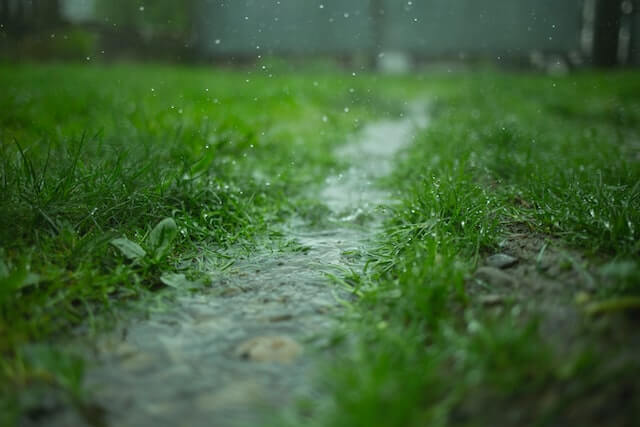
What are the different methods to collect rainwater?
There are three main types of rainwater harvesting systems, each with different applications.
Rain barrels
Rain barrels are an easy way to get started collecting rainwater. You can use almost any container for this, but some common rain barrels are made of durable and safe plastic. Barrels specifically for collecting rainwater often have a tap or garden hose hookup at the bottom of the barrel, allowing you to easily connect a hose for watering.
This method relies on the natural water pressure to run water from the barrel through the hose. It’s great if your garden is close to or downhill from your rain barrel, but if you have a long way to get your water, you’ll need to come up with a way to pressurize it. This can be as simple as creating a stand to lift the tank and using gravity to pull out the water with more force.
Dry system
A dry rainwater collection system is essentially the same as a rain barrel system. This method relies on gravity to get rainwater from your roof to your gutters and through the downspout into a collection tank.
Wet system
A wet rain collection system is also called a charged system. It might seem redundant to refer to a rain collection system as “wet.” In this case, “wet” refers to water traveling from your gutters, down the wall of your home, and into a pipe that goes underground below your collection tank and then bends back up to fill your tank from the bottom. Due to the piping being below the tank, it holds water during periods where there is no rain, meaning that it stays “wet.”
Wet systems are the most complex of the three since they involve underground elements. Some people prefer wet systems to dry because much of the system is out of sight. If you don’t relish the thought of seeing your water harvesting system daily, a wet system might be the best option for you.
Operation and maintenance
Rainwater collection systems that are more complex than a downspout and rain barrel will require regular maintenance. There are many components to a professionally installed system, and you’ll need to keep on top of weekly, monthly, and annual maintenance to keep your system in good condition.
Manufacturers will often offer warranties on items like storage tanks, piping, and water pumps, so if one of those components becomes defective during your warranty period, you should be covered.
How to treat rainwater so it’s drinkable
While most collected rainwater is used for non-potable applications – meaning that you can’t drink the water safely – it can be treated to be potable.
A professionally maintained filter system must be used to ensure that rainwater remains safe to drink. These systems can be expensive to install upfront, but the maintenance required is normally a yearly replacement of filters and UV light bulbs and is fairly inexpensive.
In addition to treating your rainwater to make it safe to drink, you’ll need to regularly test your water for harmful contaminants. The tests for potable rainwater are similar to those recommended for private well water. These include testing for contaminants like coliform bacteria, pH level, manganese, volatile organic compounds, and arsenic.
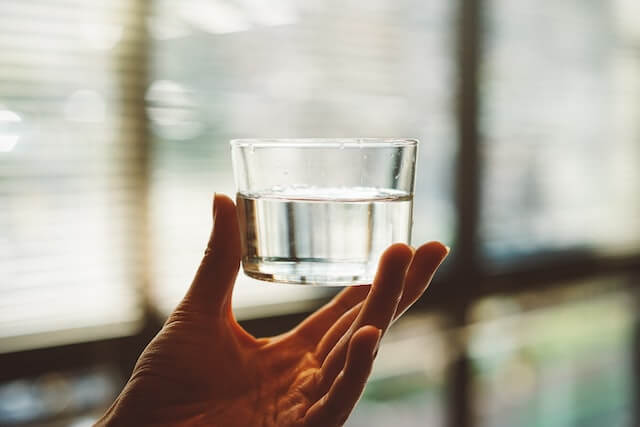
Home drainage and rainwater collection might seem like disparate topics, but they are very much intertwined. If you’re planning a new build, integrating your home drainage with your rainwater harvesting or greywater recycling system is a great way to save money, conserve resources, and reduce the demand on freshwater infrastructure.
The great thing about using your home drainage system to collect rainwater is that the system you choose can be very simple to start. As you progress and get used to using your rainwater, you can incrementally upgrade your system over time. You don’t need to make a huge investment up front to see meaningful and impactful results.
